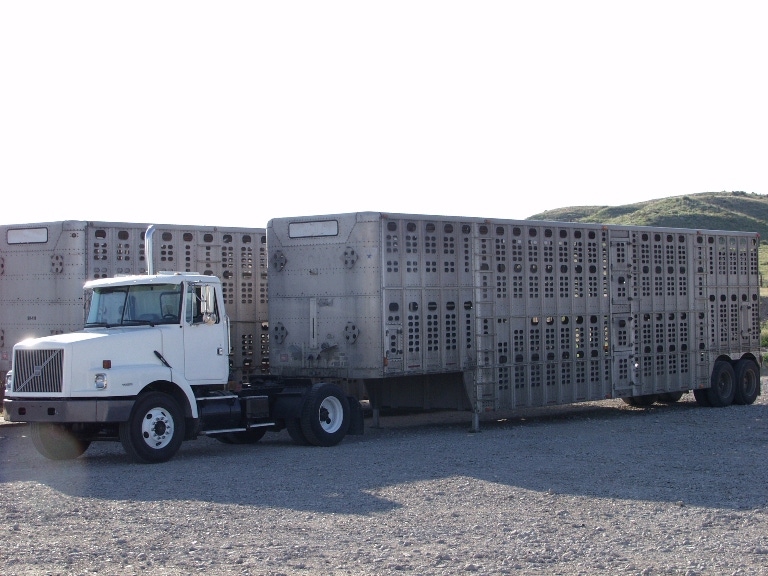Animal scientists and veterinarians work together to fine-tune strategies to keep the United States free of Foot and Mouth Disease (FMD).
April 19, 2013

A veterinarian with the National Pork Board has devised a better way to deal with a foot-and-mouth disease (FMD) outbreak if it reaches the United States.
There has not been a reported case of FMD in the United States since 1929, and animal scientists are working hard to keep it that way. One step in protecting animals is to create emergency plans for how farmers and government officials should react during outbreaks.
At the National Institute for Animal Agriculture annual conference this week, Patrick Webb, DVM, director of Swine Health Programs for the National Pork Board, explained how farmers can protect animal welfare while dealing with a disease outbreak. According to Webb, some disease management steps that seem like common sense may actually compromise animal health.
One popular method for stopping the spread of disease is “stop movement.” Stop movement is like a quarantine. Officials would prevent animals, farm workers and feed shipments from traveling and spreading the disease to new areas. If FMD was reported in the United States, there’s a good chance officials would call for stop movement.
According to Webb, a large scale stop movement would be a disaster for animal welfare.
The first problem is that many animals would be stuck in transit. Counting just swine, Webb estimated there are 600,000 to one million hogs on the roads every day. When a livestock trailer stops, the temperature inside can rise by as much as 1.4 degrees Fahrenheit every 10 minutes. Webb said that if stop movement halted livestock trailers, animals would be at serious risk for heat stress.
The second problem is feed supplies. If shipments were delayed, animals could starve. According to Webb, most farms have only a three-day feed supply on hand at any one time.
Stop movement could stop disease, Webb said, but it may not be the best option for livestock health overall.
“You’re losing things from a welfare aspect,” Webb told the audience at the NIAA annual conference.
Instead, Webb supports a plan called “managed movement” or “permitted movement.” With managed movement, animals could still move to facilities within certain areas.
For managed movement to be successful, health officials would need a lot more data on livestock health. Webb said officials would need to know the exact number of animals on a farm. They would also need to know the disease status of each animal. With the right preparation, farmers and officials could protect animal health and welfare.
You May Also Like


